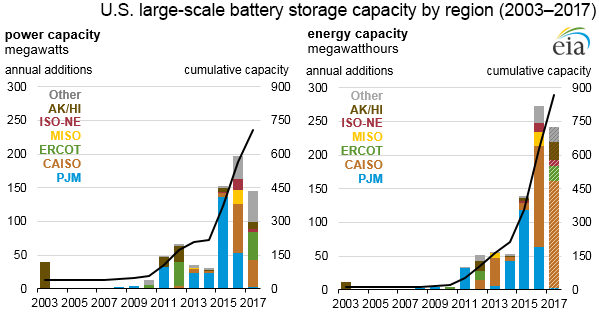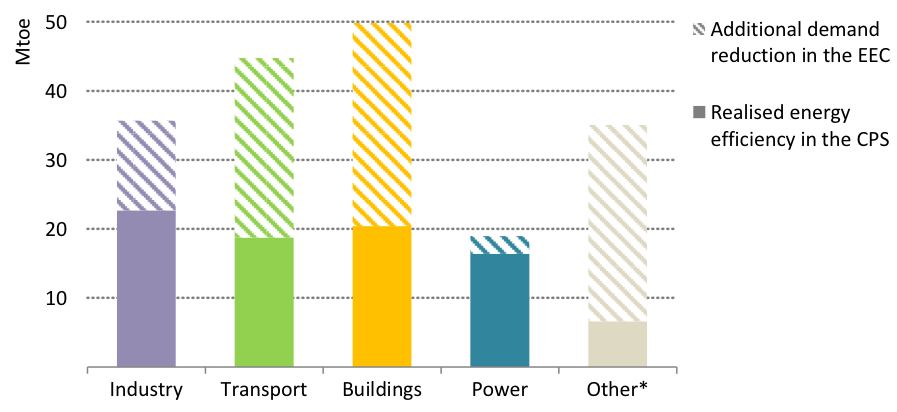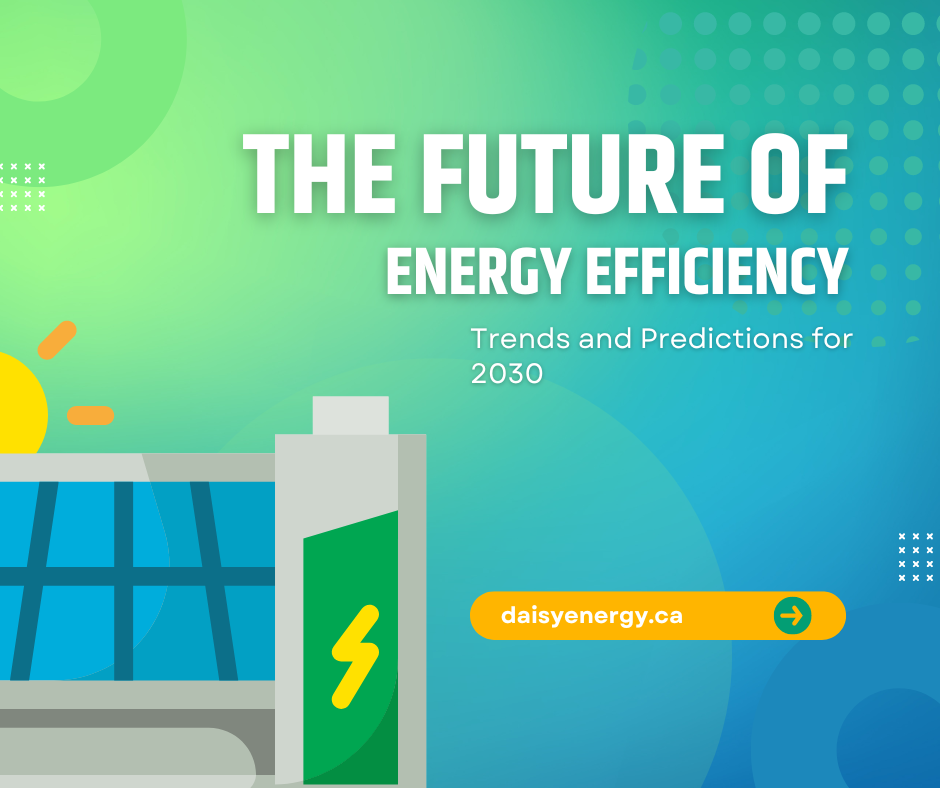As we continue to navigate the challenges of climate change, energy efficiency has become a critical component of our collective efforts to reduce carbon emissions and create a more sustainable future. In 2030, the energy efficiency landscape is expected to evolve significantly, driven by technological advancements, shifting consumer behaviors, and increasingly stringent environmental regulations. In this blog post, we’ll explore the top trends and predictions shaping the future of energy efficiency.
Trend 1: Increased Adoption of Smart Building Technologies
Smart buildings, equipped with advanced technologies like IoT sensors, AI, and automation, will continue to gain traction in 2030. These intelligent structures optimize energy consumption, streamline operations, and enhance occupant experiences. Expect to see widespread adoption across commercial and residential sectors, driving significant energy savings and improved sustainability.
Trend 2: Electrification of Everything
Electrification is transforming the way we live and work. In 2030, we’ll witness a surge in electric vehicle adoption, heat pumps, and electric cooking solutions. This shift will not only reduce greenhouse gas emissions but also create new opportunities for energy efficiency innovations.
Trend 3: Energy Storage Revolution

Energy storage solutions like batteries will play a crucial role in 2030, enabling greater integration of renewable energy sources and reducing reliance on fossil fuels. Advancements in battery technology will make energy storage more accessible, efficient, and cost-effective.
Trend 4: Grid Modernization and Resiliency
The grid of the future will be more resilient, adaptable, and intelligent. In 2030, we’ll see significant investments in grid modernization, including the integration of advanced technologies like blockchain, AI, and predictive analytics. This will enhance energy distribution, reduce outages, and enable greater adoption of renewable energy sources.
Trend 5: Energy Efficiency as a Service (EEaaS)
EEaaS models will gain popularity in 2030, allowing businesses and homeowners to access energy-efficient solutions without upfront costs. This pay-per-performance approach will democratize energy efficiency, making it more accessible and driving wider adoption.
Prediction 1: Carbon Pricing Becomes Mainstream

As the world continues to grapple with the challenges of climate change, carbon pricing is emerging as a crucial tool for reducing greenhouse gas emissions. In 2023, we predict that carbon pricing will become mainstream, with more countries and industries adopting this approach to account for the social cost of carbon emissions.
What is carbon pricing?
Carbon pricing is a market-based approach that puts a direct cost on carbon emissions, providing a financial incentive for companies and individuals to reduce their carbon footprint. This can be achieved through carbon taxes or cap-and-trade systems, which set a limit on emissions and allow companies to buy and sell permits to emit carbon.
Why is carbon pricing becoming mainstream?
-
Growing urgency to address climate change: As the impacts of climate change become more apparent, governments and industries are under increasing pressure to take action. Carbon pricing is seen as a key solution to reduce emissions and meet global climate goals.
-
Economic benefits: Carbon pricing can generate significant revenue for governments, which can be used to invest in clean energy, infrastructure, and other sustainable initiatives.
-
Level playing field: Carbon pricing helps to create a level playing field for companies, as those that invest in clean energy and reduce their emissions are rewarded, while those that continue to pollute are penalized.
-
Global momentum: More countries are adopting carbon pricing, creating a global momentum that encourages others to follow suit.
What does this mean for businesses and individuals?
-
Increased costs for carbon-intensive activities: Companies and individuals will face higher costs for activities that emit high levels of carbon, such as flying or driving gas-powered vehicles.
-
Incentives for sustainable practices: On the other hand, companies and individuals that adopt sustainable practices, such as using renewable energy or electric vehicles, will be rewarded with lower costs and potentially even revenue streams.
-
New business opportunities: Carbon pricing will create new opportunities for companies that offer low-carbon products and services, such as clean energy providers, sustainable infrastructure developers, and carbon offsetting companies.
Prediction 2: Energy Efficiency Regulations Become More Stringent
Governments worldwide will implement more stringent energy efficiency regulations, driving innovation and adoption of sustainable solutions. Here are some examples
-
Canada’s Energy Efficiency Regulations: The Canadian government has implemented energy efficiency regulations for a variety of products, including household appliances, heating and air conditioning equipment, and water heaters, among others. The regulations are enforced by Natural Resources Canada and are designed to reduce energy consumption and greenhouse gas emissions.
-
Energy Efficiency Regulations by Province: Some provinces in Canada also have their own energy efficiency regulations for many of the federally regulated products. This means that products sold in these provinces must meet the more stringent provincial regulations.
-
Energy Efficient Regulated Products: The regulations cover a wide range of products, including household appliances, heating and air conditioning equipment, water heaters, and lighting products, among others. The regulations set minimum energy efficiency standards for these products to reduce energy consumption and greenhouse gas emissions.
-
Building Energy Codes: Building energy codes are mandatory regulations that set minimum energy efficiency standards for new buildings and major renovations. The codes cover aspects such as building envelope, lighting, and HVAC systems, among others. The goal of building energy codes is to reduce energy consumption and greenhouse gas emissions from buildings.
-
Net Zero by 2050: The International Energy Agency (IEA) has set a goal of net zero emissions by 2050, which will require significant improvements in energy efficiency and the adoption of renewable energy sources. Building energy codes and energy efficiency regulations will play a crucial role in achieving this goal.
-
Zero-Carbon-Ready Buildings: Zero-carbon-ready buildings are highly energy-efficient and resilient buildings that either use renewable energy directly or rely on a source of energy supply that can be fully decarbonized, such as electricity or district energy. Building energy codes and energy efficiency regulations will need to become more stringent to achieve this goal.

The largest energy savings opportunities lie in buildings (28%) and transportation (25%), followed by oil and gas extraction (21%) and industry (12%), as illustrated in the chart above. Notably, gains in energy efficiency in the power sector outweigh the increased electrification from heat pumps and electric vehicles, which reduce energy demand in other areas. By achieving improved energy efficiency, the federal government can meet its 2030 goal for phasing out coal and Canadian electricity systems can significantly reduce the need for new gas-fired power plants.
Prediction 3: Energy Efficiency Becomes a Key Business Strategy
Companies will prioritize energy efficiency as a core business strategy, recognizing its impact on bottom lines, brand reputation, and long-term sustainability. This shift in priorities is driven by several key factors, including:
Drivers of Energy Efficiency as a Key Business Strategy
-
Rising Energy Costs: Energy costs are increasing, and companies are looking for ways to reduce their energy expenses.
-
Environmental Concerns: Businesses are under pressure to reduce their carbon footprint and meet sustainability goals.
-
Competitive Advantage: Energy-efficient companies are seen as leaders in their industry and attract customers, investors, and top talent.
-
Regulatory Requirements: Governments are implementing energy efficiency regulations, and companies must comply to avoid penalties.
-
Technological Advancements: New technologies and innovations make energy efficiency more accessible and cost-effective.
Benefits of Energy Efficiency as a Key Business Strategy
-
Cost Savings: Energy efficiency measures reduce energy consumption, leading to significant cost savings.
-
Increased Profitability: Energy efficiency improves bottom-line profitability and competitiveness.
-
Enhanced Brand Reputation: Companies that prioritize energy efficiency are seen as responsible and sustainable.
-
Improved Operational Efficiency: Energy efficiency measures often lead to improved productivity and reduced waste.
-
Access to New Markets: Energy-efficient products and services can open up new market opportunities.
Examples of Companies Prioritizing Energy Efficiency
-
Walmart: Set a goal to power 50% of its stores with renewable energy by 2025.
-
Apple: Aims to power 100% of its facilities with renewable energy.
-
Unilever: Committed to reducing energy consumption by 50% by 2025.
-
General Motors: Targets 20% reduction in energy consumption by 2025.
-
Amazon: Pledged to power 100% of its data centers with renewable energy.
By prioritizing energy efficiency, businesses can reduce costs, enhance their brand reputation, and contribute to a sustainable future. Daisy Energy is here to support companies on their energy efficiency journey.
In conclusion, 2025 will be a transformative year for energy efficiency, marked by technological breakthroughs, shifting consumer behaviors, and increasingly stringent environmental regulations. Embracing these trends and predictions will be crucial for businesses, governments, and individuals committed to creating a more sustainable future.
How Daisy Energy Can Help
At Daisy Energy, we’re dedicated to supporting your energy efficiency journey. Our comprehensive services include:
-
Energy Audits: Our expert team conducts thorough assessments to identify areas for improvement, providing a clear roadmap for optimization.
-
Customized Solutions: We develop tailored plans and solutions to meet your unique energy efficiency needs, ensuring maximum impact.
-
Implementation Support: Our experienced professionals assist with implementing energy-efficient technologies and practices, ensuring a seamless transition.
-
Monitoring and Evaluation: We track and analyze your energy consumption, providing regular progress reports to ensure your goals are met.
Let us help you unlock the full potential of energy efficiency and take your business to the next level! Contact Daisy Energy today !




































